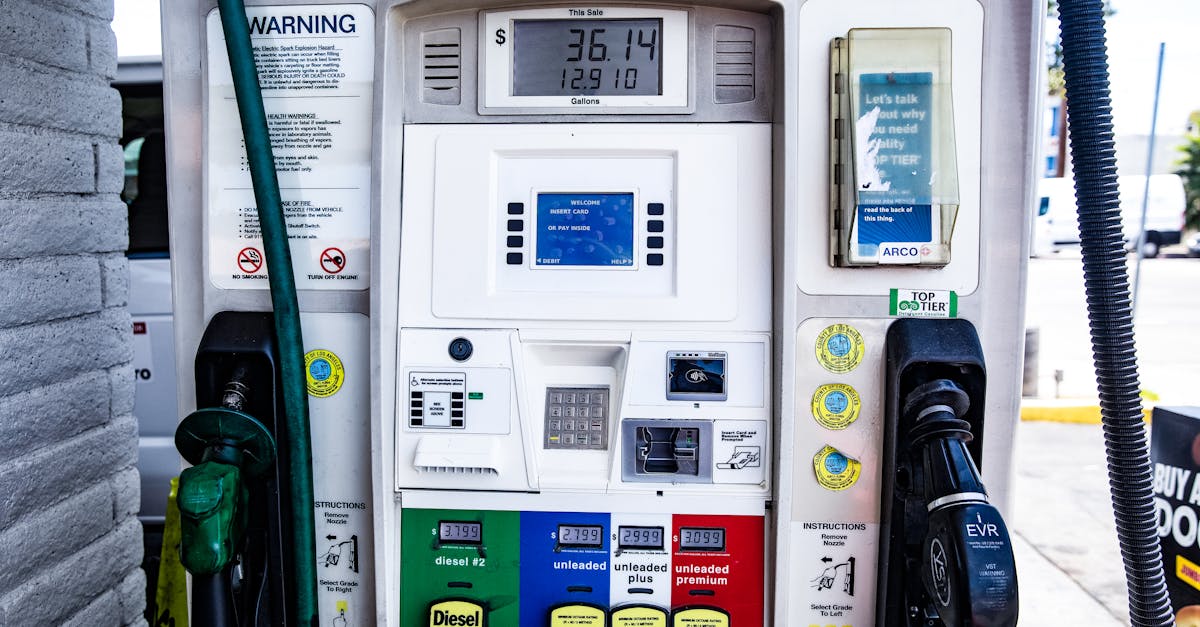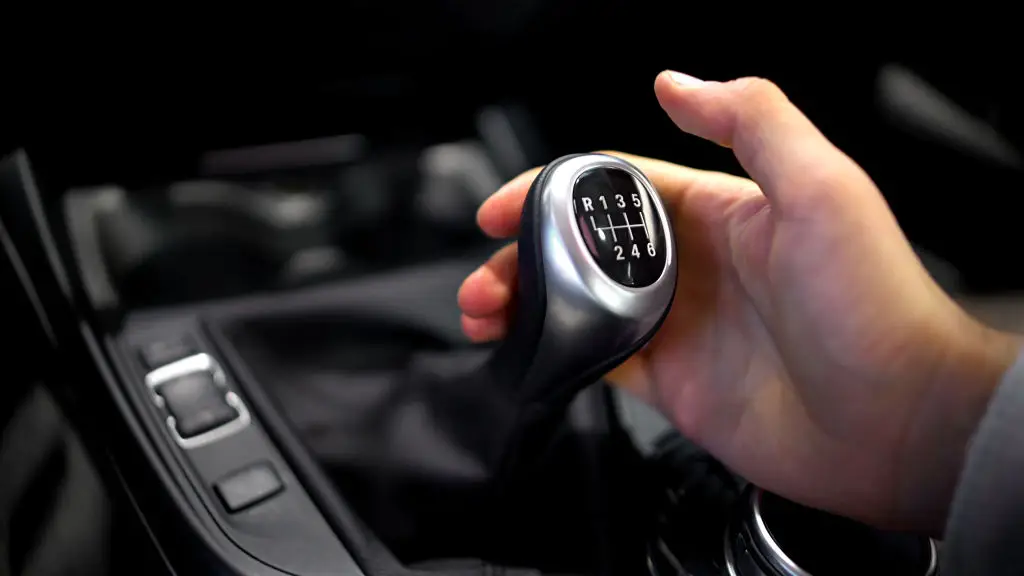Don’t Drive Like This: 7 Habits That Make You Look Like a Rookie
Driving is a rite of passage that symbolizes freedom and independence, yet it can also be a source of anxiety and embarrassment, especially for new drivers. The excitement of hitting the open road often comes with the challenge of avoiding common mistakes that can lead to uncomfortable situations. This article delves into 7 rookie driving habits that can cause embarrassment and how to steer clear of them. From understanding the rules of the road to mastering the art of parking, we will explore each habit in detail, providing insights and tips to help new drivers build confidence and competence behind the wheel. By recognizing and addressing these habits early on, novice drivers can cultivate a safer and more enjoyable driving experience.
1. Overconfidence in Driving Skills
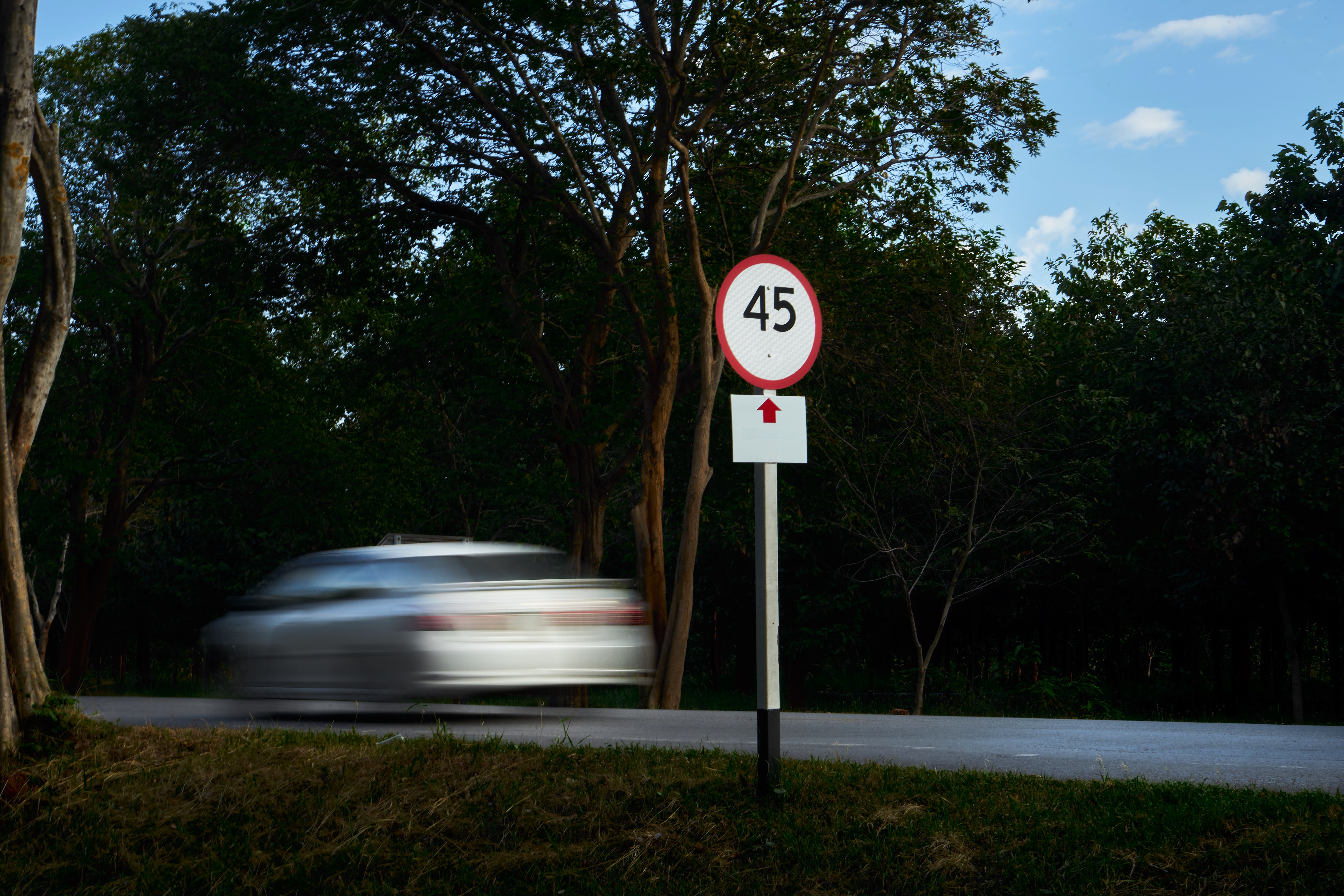
One of the most prevalent rookie habits is overconfidence, where new drivers overestimate their abilities. This can lead to risky behaviors such as speeding, aggressive lane changes, or underestimating stopping distances. Overconfidence often stems from a lack of experience and the thrill of newfound independence. However, it’s crucial to remember that driving requires constant vigilance and adaptability. To counteract this, new drivers should practice defensive driving techniques, stay aware of their surroundings, and always anticipate the actions of other drivers. Engaging in regular driving practice, ideally with an experienced mentor, can help build a realistic assessment of one's skills and foster a more cautious approach on the road.
2. Misunderstanding Traffic Signals and Signs

Misinterpreting traffic signals and signs is a common issue that can lead to confusion and potentially dangerous situations. New drivers may struggle with understanding the nuances of road signs, such as those indicating yield, merge, or no entry. This misunderstanding can result in hesitation or abrupt maneuvers that confuse other drivers. To avoid these pitfalls, it's essential to review the driver's manual and take note of less common signs encountered during practice drives. Utilizing driving simulation apps or participating in driver education courses can also reinforce knowledge and improve recognition of traffic signals. Developing a keen eye for detail and practicing vigilance will help new drivers navigate intersections and roadways with confidence.
3. Ignoring Blind Spots
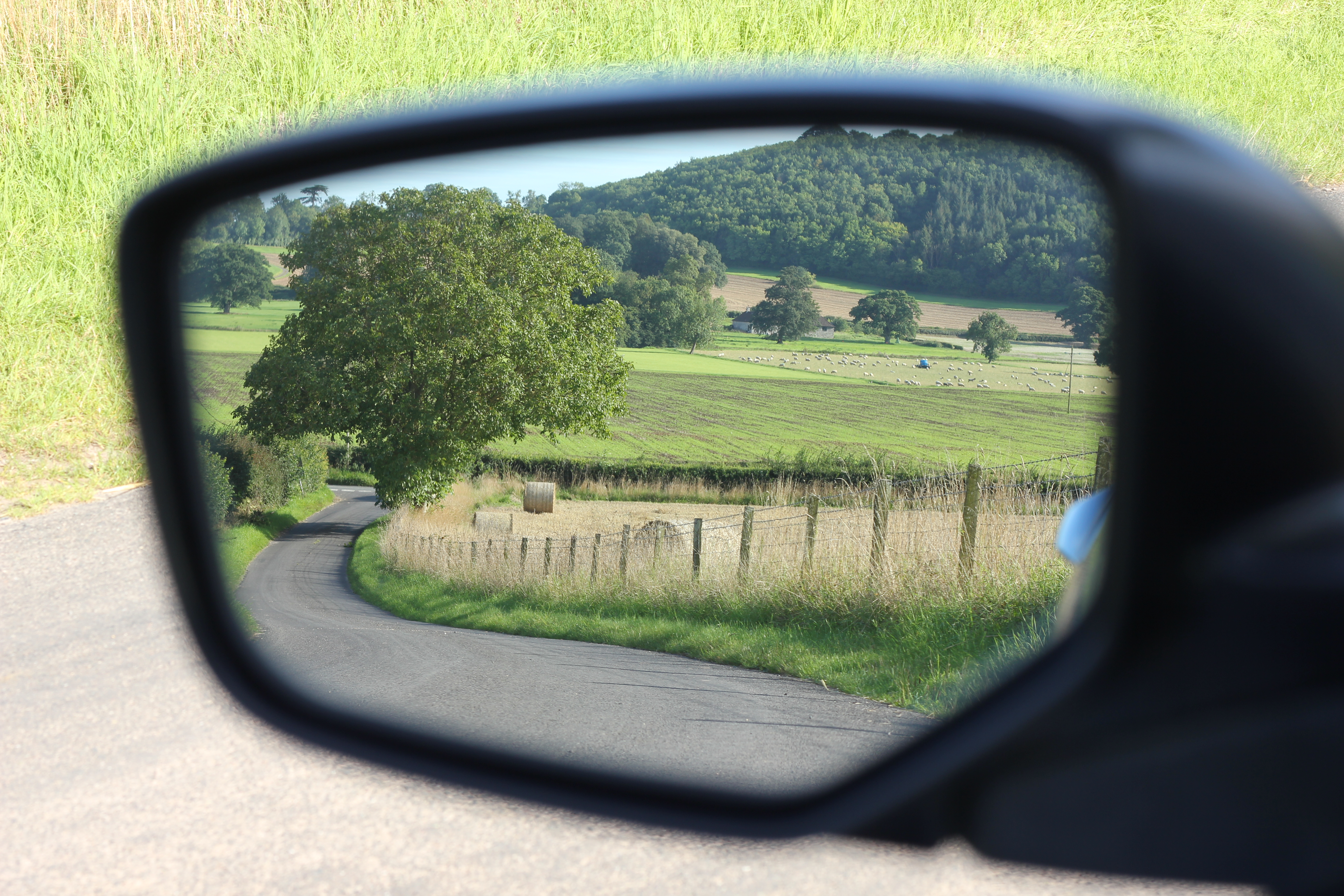
Neglecting to check blind spots is a rookie mistake that can lead to accidents and close calls. Many new drivers rely solely on mirrors, unaware that they do not provide a complete view of the surrounding traffic. Failing to check blind spots before changing lanes or merging can result in collisions with vehicles that are not visible in the mirrors. To prevent this, drivers should develop the habit of performing over-the-shoulder checks before making any lateral moves. Additionally, adjusting mirrors correctly and familiarizing oneself with the vehicle’s blind spots can significantly reduce the risk of accidents. Consistent practice of these techniques will help new drivers become more aware and proactive on the road.
4. Improper Use of Turn Signals
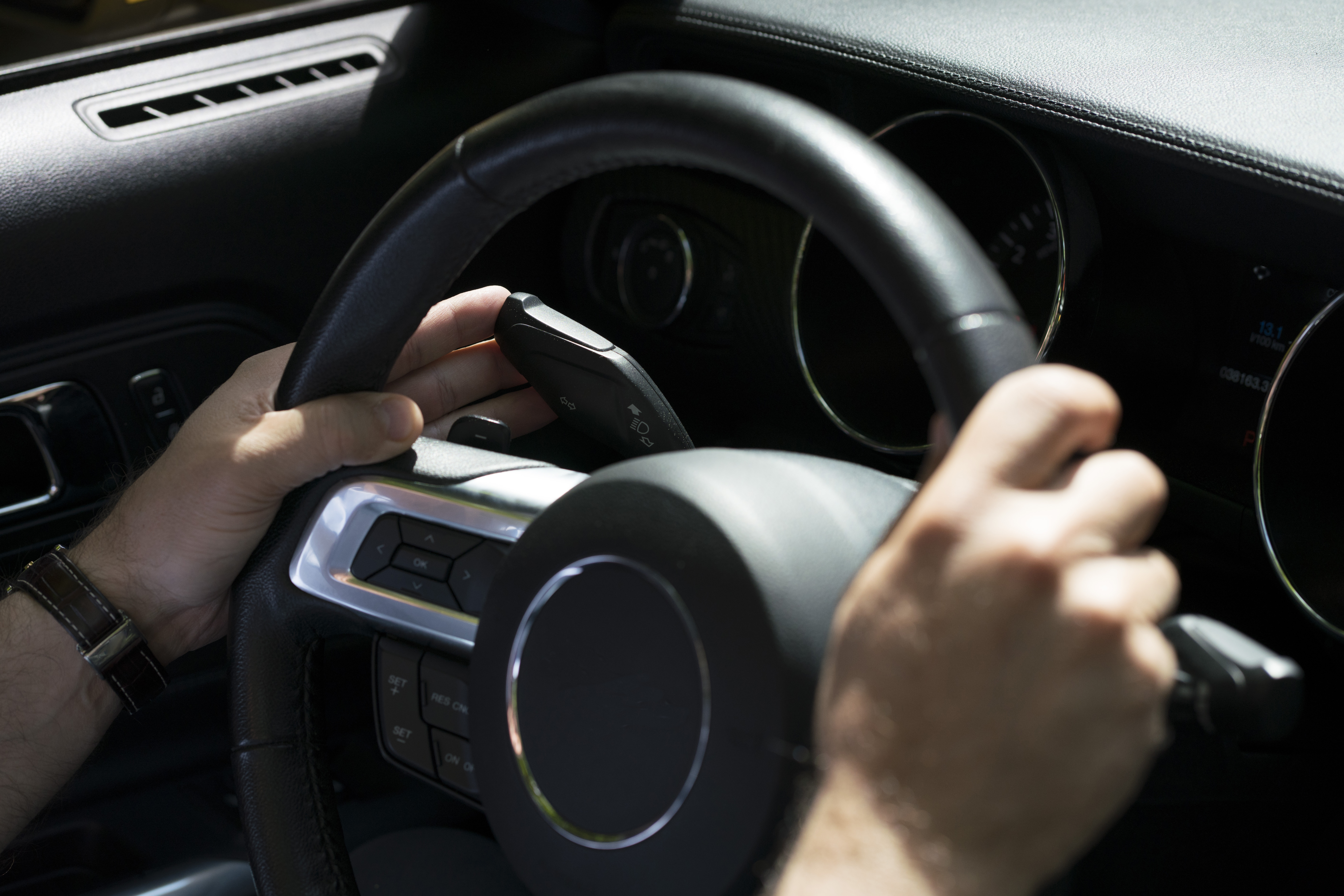
Using turn signals is a fundamental aspect of safe driving, yet many new drivers either forget to use them or use them incorrectly. Failing to signal can confuse other drivers and lead to dangerous situations, while signaling too late can result in abrupt stops or turns. To improve signaling habits, new drivers should make it a point to signal well in advance of any lane change or turn, ideally at least 100 feet before the maneuver. Practicing this habit during routine drives will help it become second nature. Understanding the importance of communication on the road, new drivers can enhance their driving etiquette and prevent misunderstandings with fellow motorists.
5. Tailgating and Following Too Closely

Tailgating, or following too closely, is a habit that can lead to rear-end collisions and road rage incidents. New drivers might underestimate the time needed to react to sudden stops, leading to unsafe following distances. The "three-second rule" is a useful guideline, where drivers maintain a distance that allows at least three seconds of space between their vehicle and the one ahead. In adverse weather conditions, this distance should be increased. Practicing maintaining a safe following distance during varied driving conditions can help new drivers develop patience and foresight, reducing the likelihood of accidents and promoting a smoother driving experience.
6. Inconsistent Speed Management

Maintaining a consistent speed is crucial for safe driving, yet many new drivers struggle with this, either inadvertently speeding or driving too slowly. Inconsistent speed can disrupt traffic flow and increase the risk of collisions. To manage speed effectively, new drivers should pay close attention to speed limits and use cruise control on highways when appropriate. Regularly checking the speedometer and being mindful of the pressure applied to the accelerator can help maintain a steady pace. Practicing speed management on different types of roads will help new drivers develop a sense of rhythm and control, contributing to a safer and more predictable driving pattern.
7. Parking Challenges and Solutions

Parking is often a source of anxiety for new drivers, with parallel parking being particularly daunting. Misjudging distances or angles can lead to minor accidents or damage to vehicles. To overcome parking challenges, new drivers should practice in low-pressure environments, such as empty parking lots, to gain confidence in maneuvering their vehicle into tight spaces. Utilizing parking assist features, if available, and practicing techniques such as using reference points and mirrors can also aid in mastering parking skills. By dedicating time to practice and seeking feedback from experienced drivers, new drivers can improve their parking abilities and reduce stress associated with this common driving task.
Paving the Path to Proficiency

Avoiding these rookie driving habits is essential in paving the path to becoming a proficient and confident driver. By addressing overconfidence, understanding traffic signals, checking blind spots, using turn signals correctly, maintaining safe following distances, managing speed, and mastering parking, new drivers can significantly reduce their chances of encountering embarrassing or dangerous situations on the road. Continuous learning, practice, and a willingness to adapt are key components in developing safe driving habits. As new drivers gain experience and refine their skills, they can enjoy the freedom and independence that comes with driving, all while ensuring their safety and the safety of others on the road.



